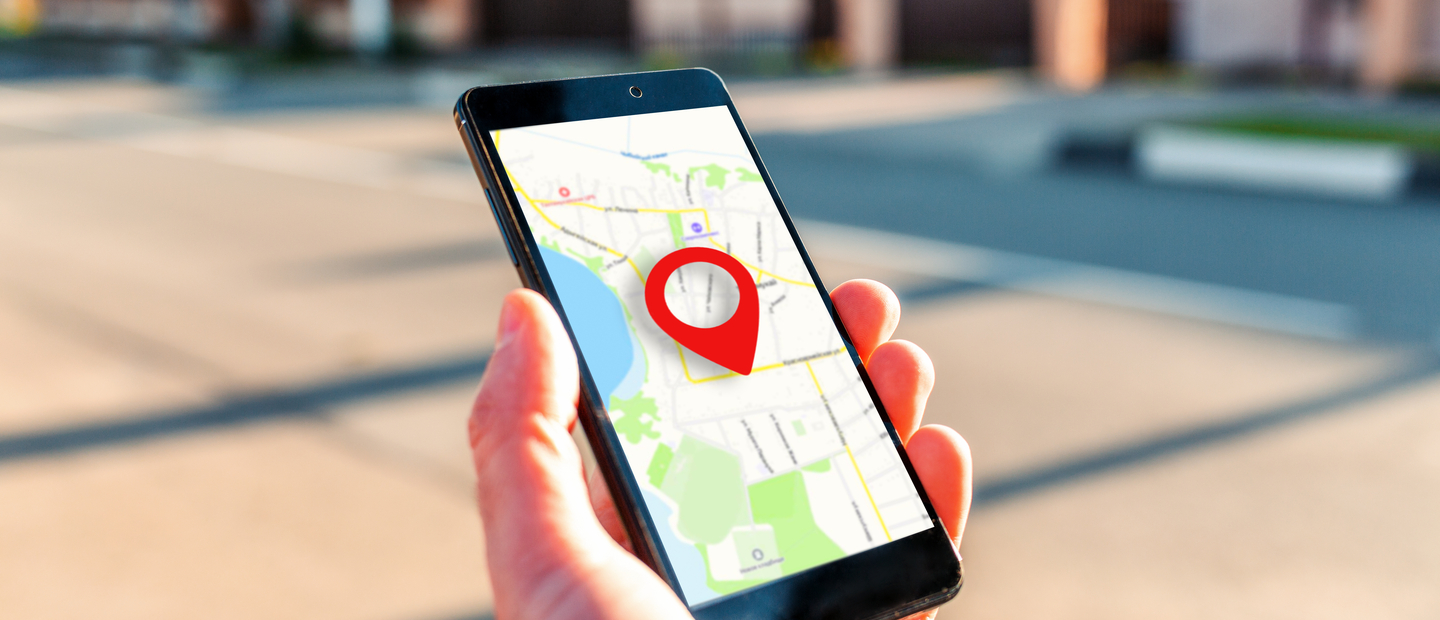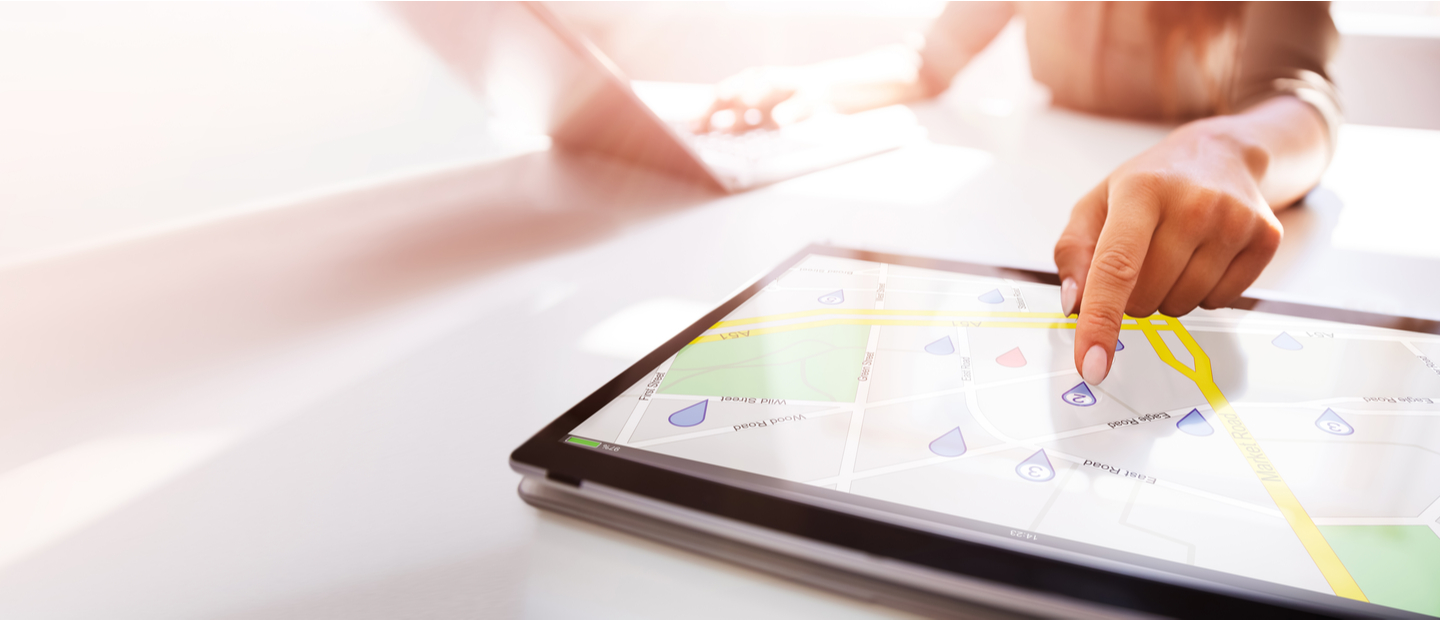Last Mile Delivery Platform Development: Why It’s Necessary and What It Takes to Make One
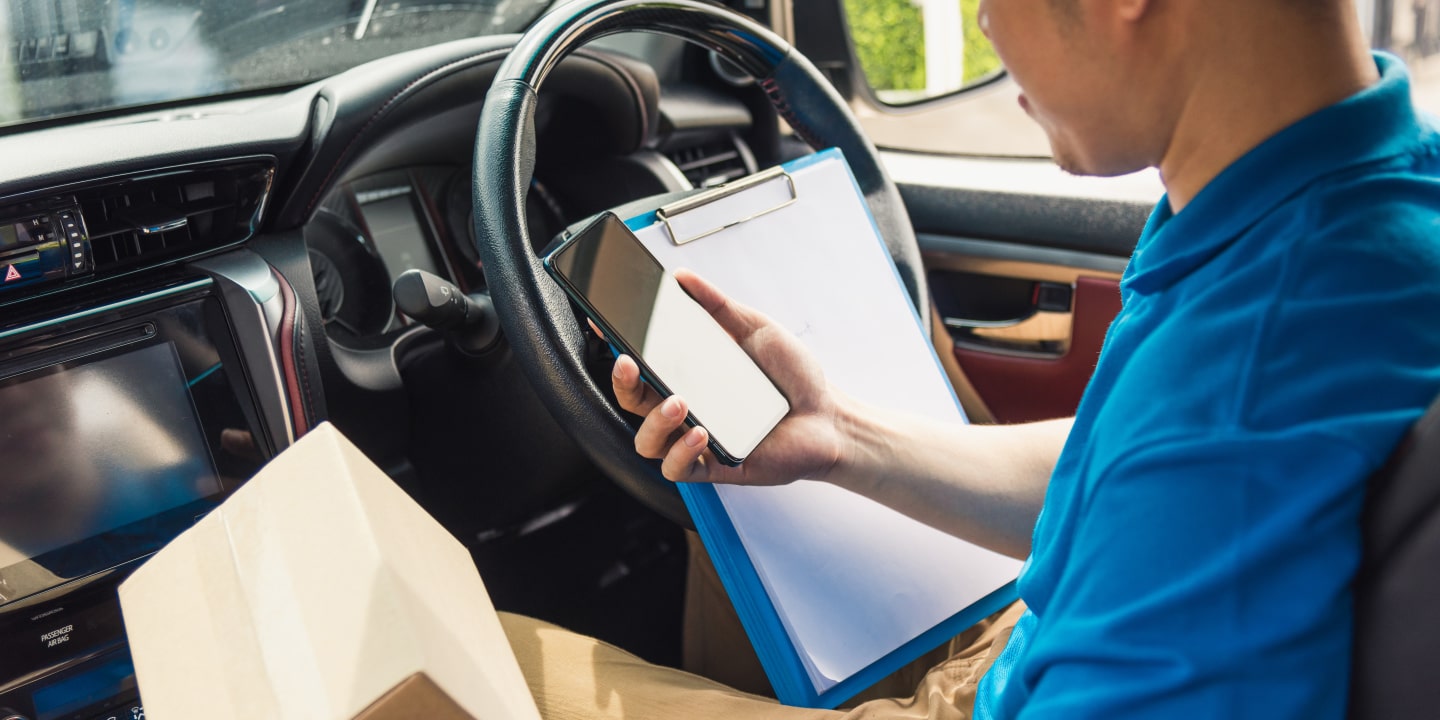
With the rise of e-commerce, businesses are increasingly looking for ways to improve their last-mile delivery services, from optimizing logistics for retail shipments to investing in food delivery app development that enhances customer convenience and satisfaction. This subtle interaction at the very end of the product journey has more impact on how customers perceive a brand than one can imagine. For 85% of customers, a poor delivery experience is a reason to stop buying from a company.
Indeed, last mile delivery is the most important and difficult part of the delivery process. That is why many logistics companies are looking to technology for help.
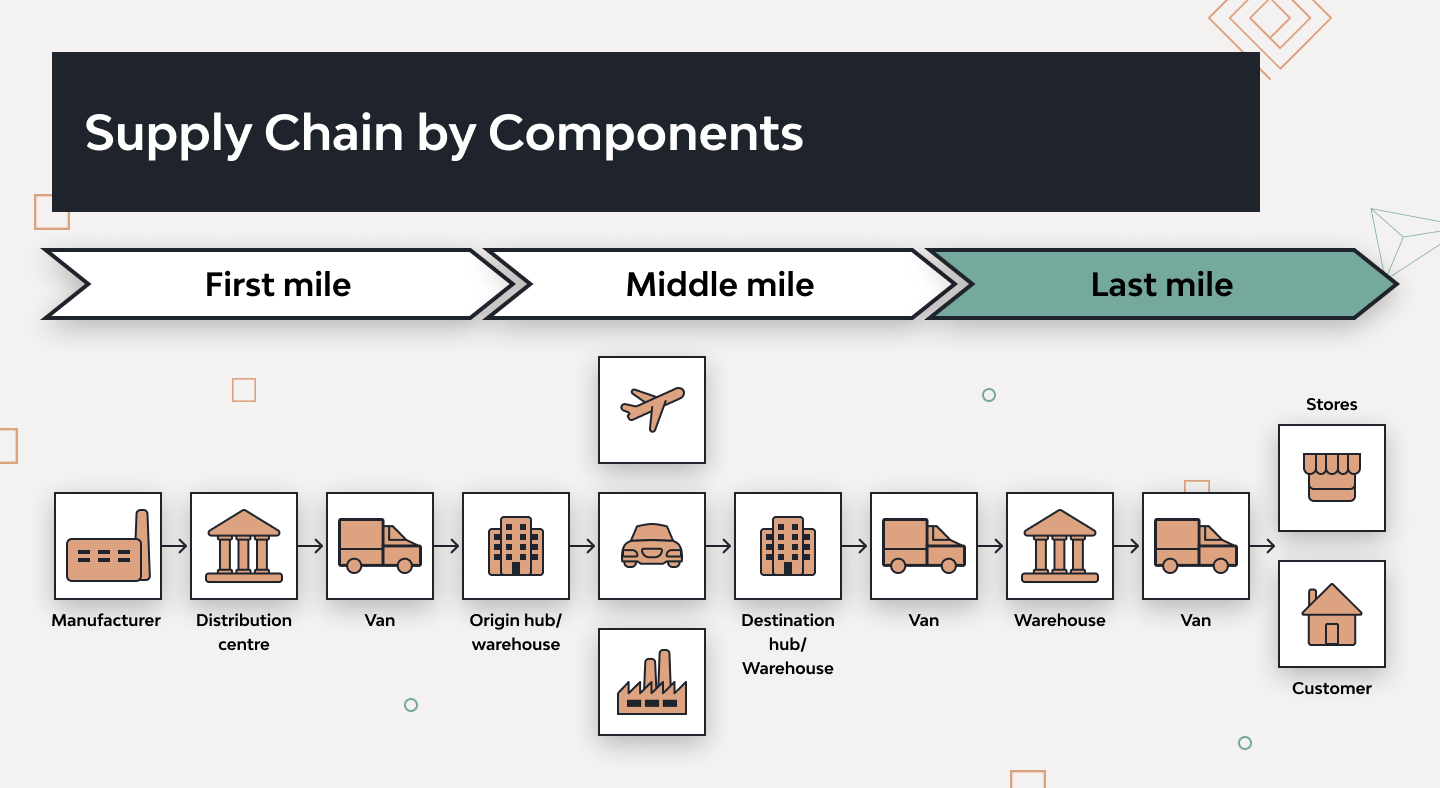
In this article, as an experienced logistics software development company, we outline the key challenges of last mile delivery and how software can solve them. We also delve into the intricacies of last mile delivery platform development based on our experience with project like Azyan, delivered by Django Stars.
Why Is Last Mile Delivery So Challenging?
The process of a product “traveling” the last mile is complicated in itself. It often involves navigating through difficult terrain and urban areas. The latter are characterized by high traffic volumes, which can lead to delays and unforeseen delivery times. Frequent stops or long trips with a half-empty trunk can also occur.
All of this contributes to excessive fuel consumption and inefficient use of drivers and fleets, resulting in 53% of total transportation costs and a significant environmental footprint.
Ironically, customers (one-third of respondents in one study) prefer companies with low shipping prices over others. And this is taking into account the fact that 57% expect businesses to offer them same-day or next-day delivery options. Sustainability is a priority, too.
However, last mile delivery software makes it possible to deliver quickly, cost-effectively, and with a minimal environmental footprint.
Last Mile Delivery Software and Its Main Features
Last mile delivery software is a technical solution designed to eliminate inefficiencies in the final step of the supply chain. It facilitates the effective use of resources needed for the last mile, increases transparency, and improves coordination between the various parties involved in the delivery process — all thanks to the following features:
- Route optimization for determining the optimal route based on urgency, distance, traffic, sudden road closures, etc.
- Auto-dispatching for assigning drivers to the most appropriate orders and delivery zones based on a variety of factors.
- Real-time tracking for sending a live tracking link to the customer as soon as the order is ready for delivery.
- ETA calculation for calculating the estimated time of arrival with the highest accuracy based on distance, vehicle characteristics, traffic, etc.
- Electronic proof of delivery (ePOD) for documenting successful delivery with photos, signatures, barcodes, and notes.
- A driver app for allowing drivers to conveniently accept and pick up orders, determine the optimal route, and complete the delivery.
- Analytics for generating reports on distance traveled, fuel consumption, driver behavior, traffic, performance, and other factors to improve the process.
Last mile delivery platforms have the potential to automate every aspect of this critical delivery milestone. It’s no wonder modern businesses are setting their sights on such solutions, and here’s what the last mile delivery software market has in store for them.
Fast-Growing Last Mile Delivery Platforms
As companies look for ways to improve the last mile and make it more cost-effective, software vendors are unceasingly bringing new solutions to market. When we type “last mile delivery software” into G2’s search box, we get an endless list of options.
Here are some of the solutions that stand out from the rest.
| Name | Description | Main features | Pricing |
|---|---|---|---|
| Onfleet | Comes with an app (Android/iOS) for drivers and a web dashboard for dispatchers. The easiest-to-use last mile solution, according to G2. | For dispatchers:
For drivers:
For customers:
| From $500/month and beyond |
| Tookan | Consists of a dashboard for driver tracking and apps for managers, drivers, and customers | For managers:
For drivers:
For customers:
| From $99/month and beyond |
| FarEye | Provides parcel-level visibility and enables companies to handle deliveries at scale. Consists of a suite of products — such as Ship, Route, Track, Execute, Experience, Grow, Analyze — for various stakeholders in the last mile delivery process. | (Although FarEye supports all last mile stakeholders, we'll present the features for the key players — managers, drivers, and customers) For managers:
For drivers:
For customers:
| From $20/user/month and beyond |
Although the last mile delivery software market is full of options, there is no guarantee a company will find a solution that meets all of its needs. And that’s where custom development comes in.
Successful Custom Last Mile Delivery System Implementation: Real Case
Hardly anyone wants to juggle between different solutions or settle for an inferior software product. Fortunately, custom development can be a way out. As a trusted software development provider, Django Stars knows how to create location-based apps. We’re happy to help our clients with this endeavor — just like we did with Azyan.
Today, Azyan is a Jordan food delivery service that delivers from a variety of restaurants within 20 minutes. But in 2018, it was nothing more than a product concept that needed a team to be transformed into a working solution. And Django Stars became that team — Azyan decided to outsource all the technical details to us while focusing entirely on the business side of things.

As a result, we rolled out a powerful platform that consists of the following components:
- A bilingual (English/Arabic) web interface for customers that shows restaurants on a map, allows placing orders and tracking their deliveries in real-time
- A mobile app for drivers to accept and pick up orders, use a live map to see dynamically optimized routes, and communicate with customers to clarify delivery details
- An interface for restaurants and stores with delivery zone filtering, driver management, and a comprehensive level-based access system for restaurant and store chains
“We worked on the Azyan platform for over a year, and it resulted in a well-shaped combo of web and mobile apps, bringing together clients, drivers, and restaurants. Putting special efforts to ensure fast restaurant onboarding and a flexible hierarchy and permission system, we’ve ensured cost-efficient Azyan platform scaling”, – Vlad Treshcheyko, QA Engineer.
These project demonstrate the power of tech expertise in last mile delivery software development. And today, thanks to our assistance, Azyan managed to tap into new markets while delivering goods perfectly on time.
Now the question is, what does it take to build a solution like Azyan? Here are the main lessons learned from our last mile delivery software development experience with these two projects.
How to Build Last Mile Delivery Software: Best Practices from Django Stars
Although worth the effort, last mile delivery app development is a challenge. Here are the key takeaways from our experience.
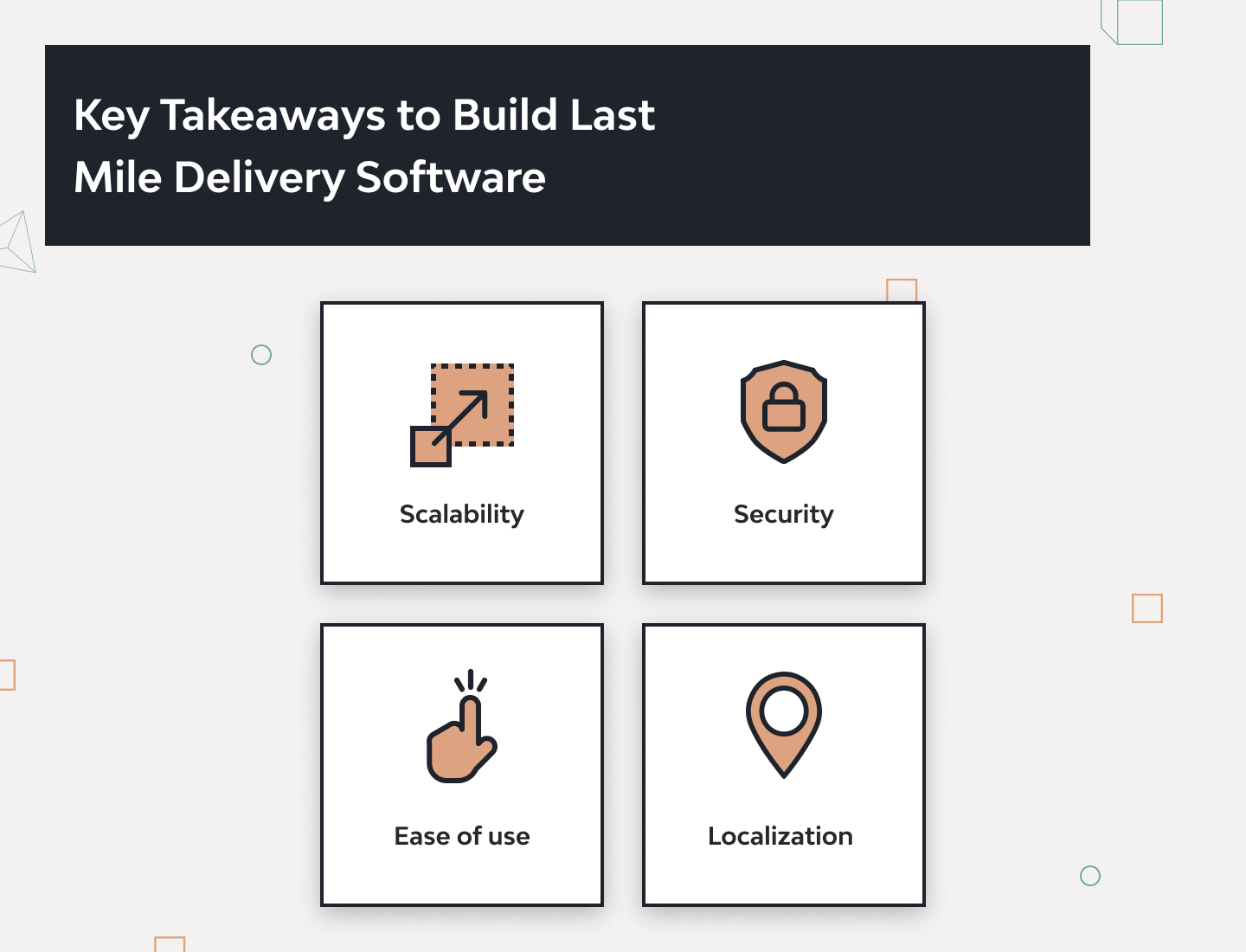
Scalability
Scalability stands for business growth in the language of technology. So, when it comes to building a last mile delivery app, it’s paramount to make sure its architecture is stable enough for future growth.
Initially, Azyan focused on deliveries from McDonald’s and operated only in Amman. But our stable architecture allowed it to scale, and now users can make orders from numerous restaurants and shops even outside Jordan’s capital.
Security
Scalability comes at a cost. Operating for a large user base implies processing extensive amounts of data that needs to be protected from unauthorized access.
Decision. Implement a flexible permit management system that allows operators (restaurants) to securely manage the businesses and customers they serve.
Ease of use
Ease of use is one of the factors that determine whether an app sinks or swims: complicated navigation made 56% of users stop using certain apps. So it’s not a coincidence that we pay special attention to UX and UI in every project.
Azyan’s solution, for example, has a simple, intuitive user interface that supports both English and Arabic. Despite the dramatic differences between the languages, both versions of the UI allow clients to browse restaurants and stores, place orders, track the status of each delivery in real-time, and conveniently pay for services.
Localization
If the goal of a last mile delivery project is to reach overseas markets, it’s important to consider the specifics of each location where a company operates.
For example, each state, city, and sometimes even street in the US can have its own tax system. Decision. Implement a feature that calculates the tax for each delivery address.
These are the key considerations to remember when developing a reliable last mile delivery app. But they don’t stop there: the feature set of the best offerings on the market shows that easy customization and integration capabilities are also in demand. And, of course, it’s important to keep market trends in mind before building a solution like that.
Trends and Innovations for Last Mile Delivery Software
As people rely more and more on deliveries, the last mile delivery software market is growing: at the very moment, it’s expanding at a CAGR of 9.3%.
For businesses, this means that competition is getting tougher, and they need to stand out from the crowd to stay afloat. To win over their audience, many are turning to technological innovations.
Artificial intelligence (AI)
It’s hard to imagine a modern delivery solution without dynamic routing based on sifting through massive amounts of data affecting delivery time. The implementation of this feature is only possible with artificial intelligence.
Of course, in the past, this task was done by a driver with or without the help of a static routing solution. But as the number of vehicles, customers, and destinations increases, the required calculations become more time-consuming and error-prone. That is why last mile delivery is no longer possible without artificial intelligence that can determine an optimal route in real-time.
IoT
The Internet of Things has long been an integral part of logistics operations. And the trend isn’t going anywhere.
In fact, most advanced features of last mile delivery software wouldn’t have been possible without IoT. This technology enables real-time tracking of parcel movements (through integration with GPS ), collection of important data (weather, traffic, weather, etc.) for route optimization, monitoring delivery vehicles and their performance for fleet maintenance, using smart delivery lockers, and much more.
Drones
With sustainability and efficiency at the heart of companies’ efforts to improve their last mile, drones are becoming increasingly popular.
Wing, the drone delivery company owned by Alphabet, plans to cover “millions of deliveries for millions of consumers at a lower cost per delivery than ground transportation” by mid-2024. In addition, 22% of US retailers plan to use drones for their delivery services in the next five years.
Conclusion
Technology-enabled last mile delivery has become a necessity for companies with an extensive operation area. With the right solution, these businesses can deliver to the right customer on time using only the resources it needs — no matter how large their customer base is or how many cities (or countries) they operate in.
If that is what you are after, don’t hesitate to contact our team regarding custom last mile delivery software solution development. We’ll be happy to help.
- What are the benefits of last mile delivery software?
- Streamlined processes, reduced delivery times, enhanced operational efficiency, cost reduction, informed decision-making, automation, scalability, and sustainability.
- How much does it cost to develop a last mile delivery app?
- Like with any software solution, the cost of last mile delivery app development depends on an array of factors. The number of experts, the tech stack, the business and technical requirements, the niche specifics, and the project stage — all will influence the final cost.
- What is the technology stack for last mile delivery app development?
- The tech stack for building a last mile delivery app typically consists of technologies for frontend and backend development, API integration, geolocation and tracking feature implementation, hosting, analytics, data encryption, and beyond.
- How long does it take to implement custom software for last mile delivery?
- Just like the cost and technology stack, the last mile delivery software development time depends on the project requirements. Implementation takes between three and seven months (and beyond, depending on project specifics).







